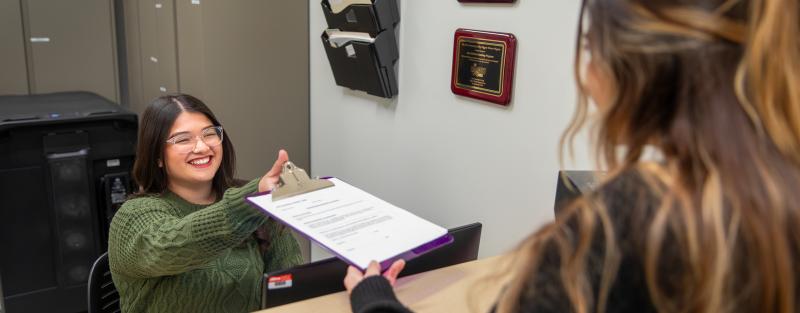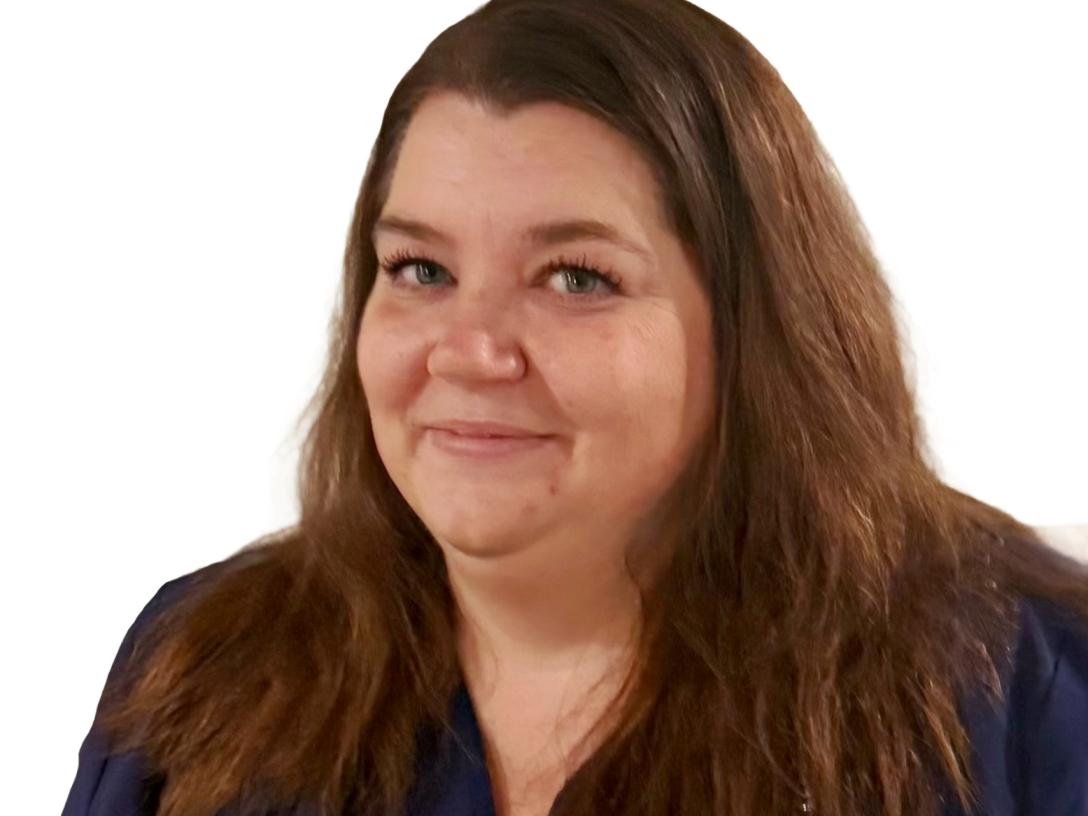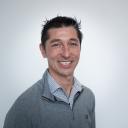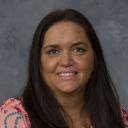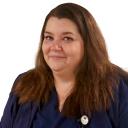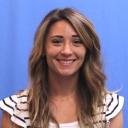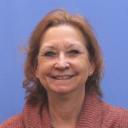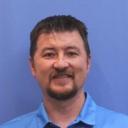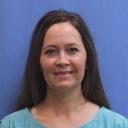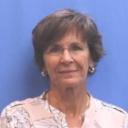Are you detail-oriented with an interest in working behind the scenes in healthcare? Take the first step toward a new career by earning a Medical Billing and Coding Certificate at Aims.
Medical billing and coding professionals help keep medical private practices, clinics and hospitals running smoothly. Working in the background rather than directly with patients, you’ll support healthcare teams and patients by maintaining and applying knowledge of insurance billing codes and requirements.
The medical coding training at Aims is designed to meet growing demand for these skilled professionals. You’ll learn from instructors with direct experience and local industry connections. In just two semesters (excluding any prerequisites), you can gain the knowledge needed to enter the workforce immediately. This program also prepares you to take the Certified Medical Billing Specialist certification exam provided by the Medical Association of Billers (MAB) after graduation.
In the future, if you want to advance your career to pursue management or teaching positions, earning an associate degree can potentially give you a professional edge. After completing all Medical Billing and Coding Certificate program requirements, you can go on to earn an Allied Health Professional Associate Degree. This option allows you to invest in career growth while minimizing student debt. Even better, you can apply course credits from this certificate program toward earning your associate degree.
If you enjoy administrative work that requires maintaining deep knowledge of ever-changing industry-specific details, earn a Medical Billing and Coding Certificate and start your healthcare career.
